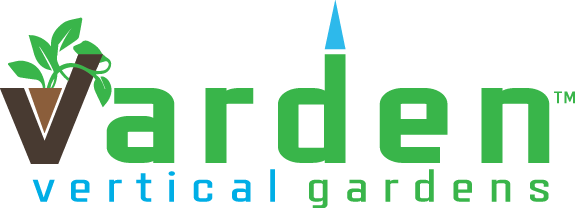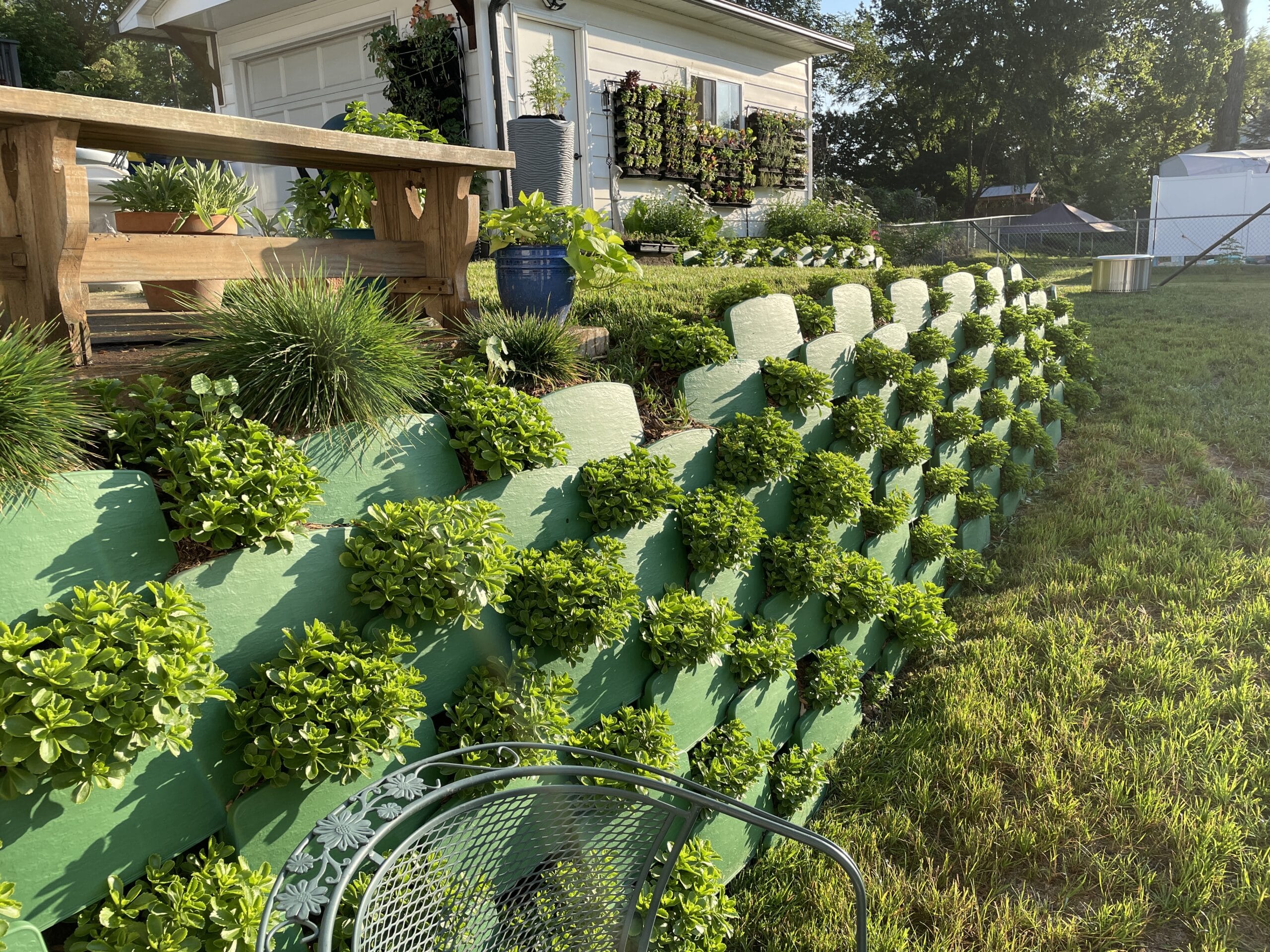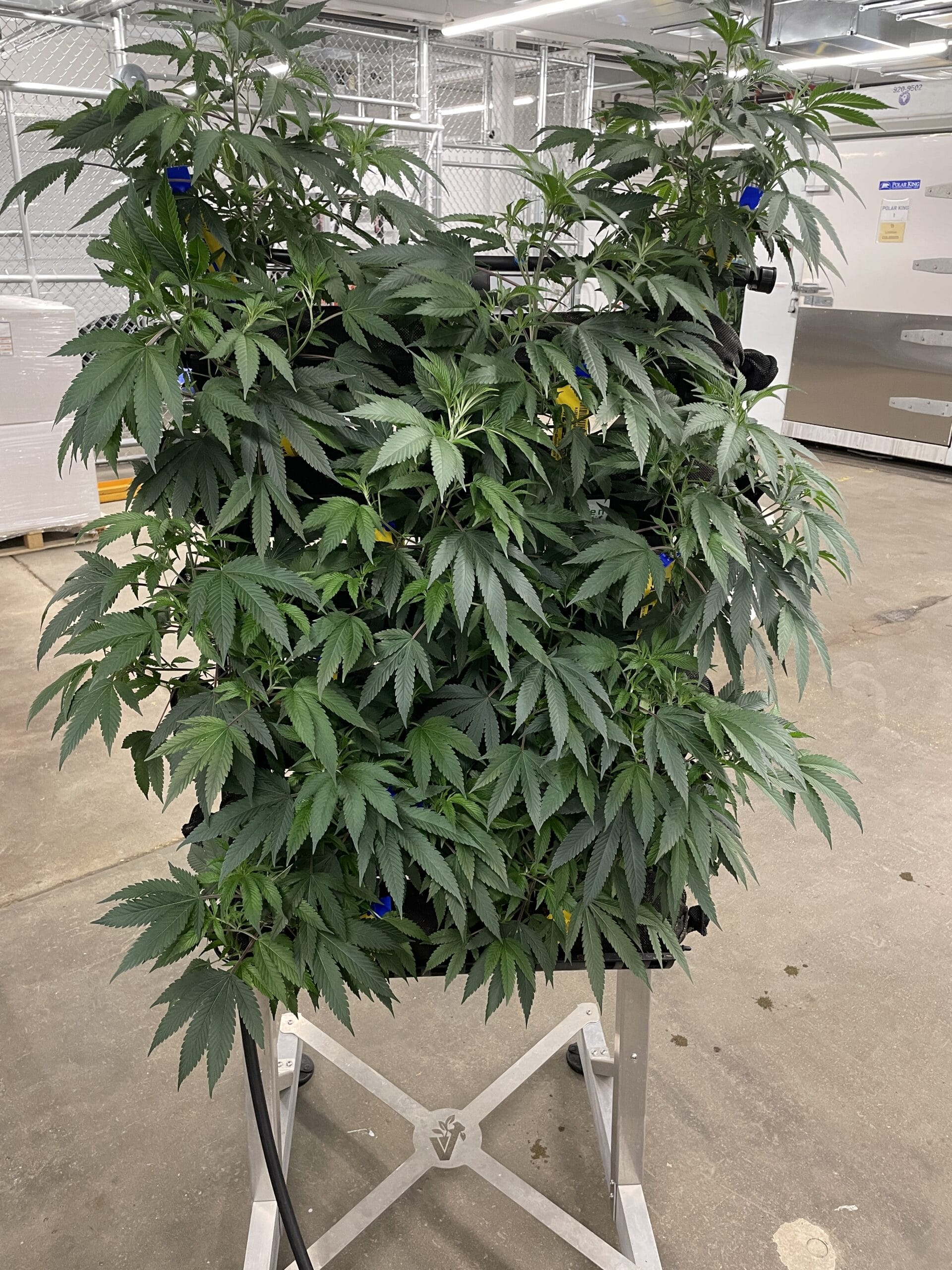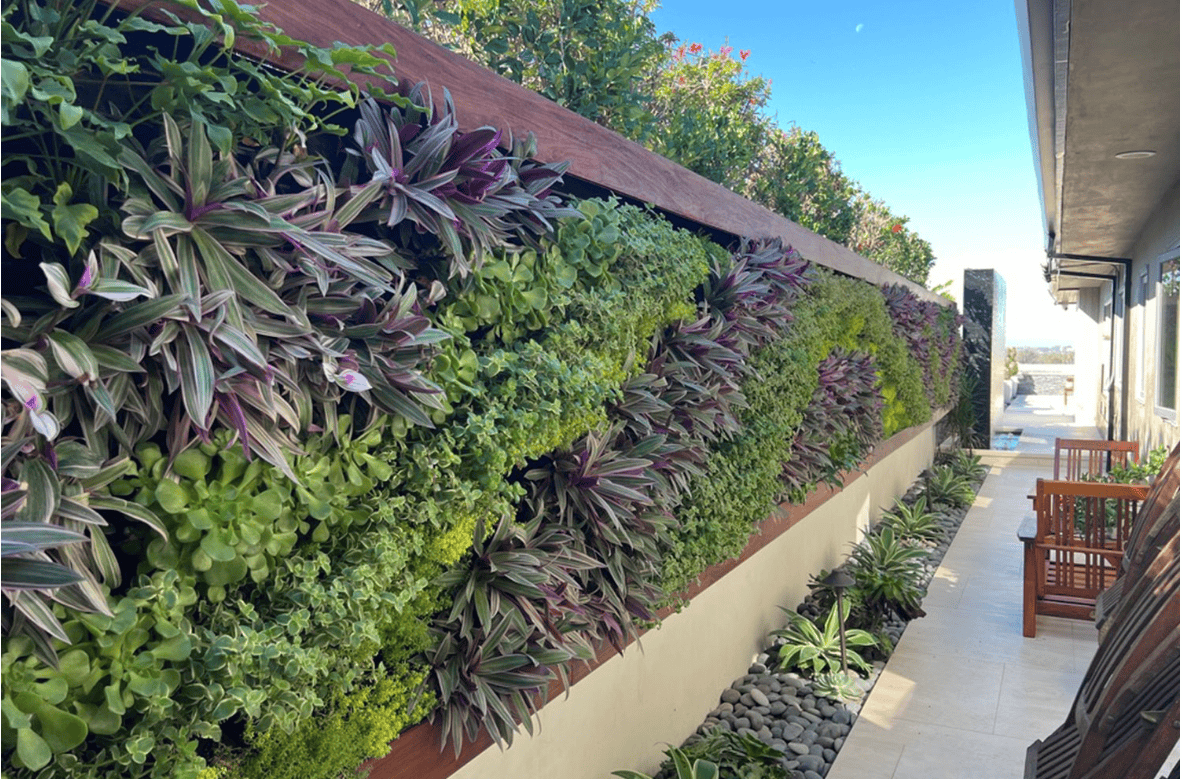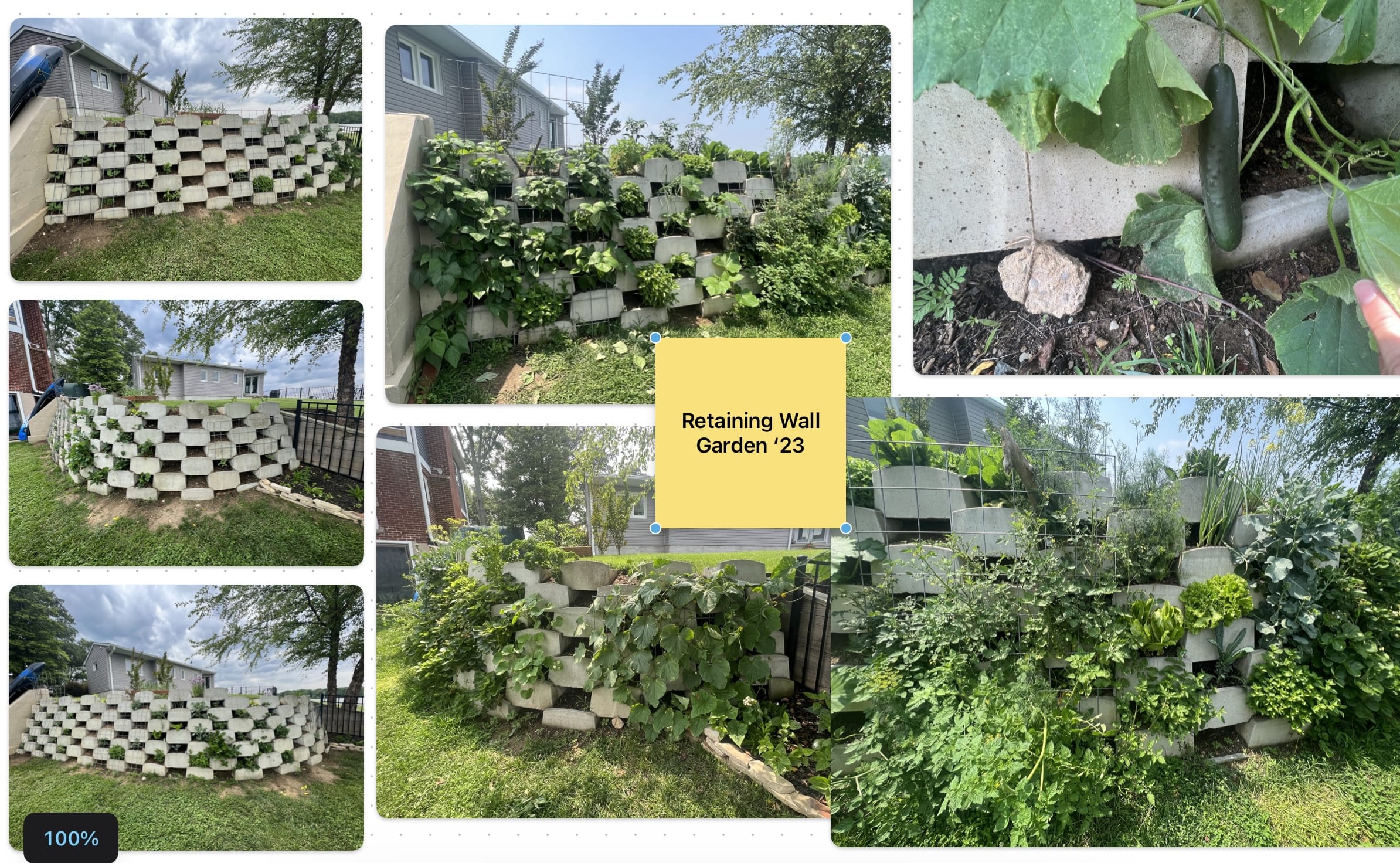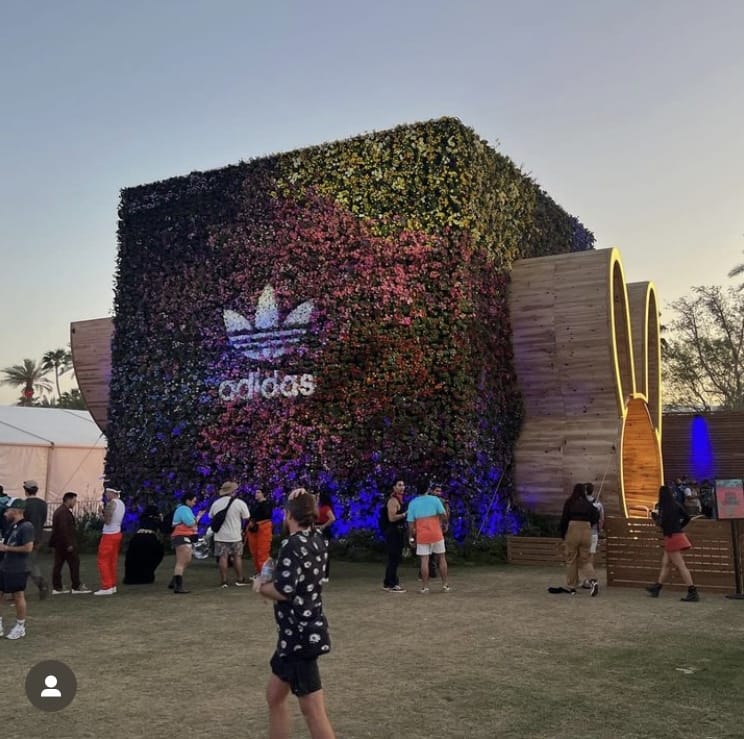Home Gardening for Food Security
Have You Heard of Food Deserts?
A food desert is a geographical area that has limited access to affordable and healthy food, traditionally defined as living more than one mile from a grocery store in urban or suburban areas and ten miles in rural areas. It’s not just about finding food, but also about food security.
People who live in food deserts may not have the means to purchase fresh food or the opportunity to grow their own food substituting it with crowded fast food chains, canned food, junk food and even gas stations. To combat this problem, many communities are taking turns to grow local produce through urban gardening, home growing, farmers’ markets and even food delivery services offering locally sourced groceries.
These initiatives bring sustainable supplies of nutritious foods while increasing entrepreneurship opportunities. By consuming local produce, individuals develop strong connections with their communities while improving health outcomes of an entire neighbourhood at the same time! See how our friends at Urban Harvest STL combat food security in our city and how we collaborate with them.
Gardening Even When Short on Space, Time and Money
If you have read this far, you are probably thinking that you need to grow at least some of your own food. There are many products and systems coming into the market but most are costly in either money, time, or other things needed to get started. Our Varden line of vertical garden supplies were designed to be used by “first-time gardeners” looking to start small and inexpensive, as well as “seasoned gardeners” looking to save space and garden while standing up for a change. To be fair, wall planters, aeroponic tower gardens, raised bed planters and the like can all be solutions too. How do you decide and where do you go for information? We have many trusted collaborators that can help and here are a few links start the journey.
- The Homesteading RD
- GardenSoxx
- Missouri Botanical Garden
- VGS Partners Page
- Best Vertical Garden Kits of 2023
Grow Your Own Food Where You Live
Homesteading is becoming a popular movement for people who want to lead sustainable lifestyles and become more self-sufficient. It involves gardening, food preservation, and other activities aimed at providing your family with homegrown or locally grown produce. Homesteaders have a strong commitment to food security and strive to produce as much of their own food as possible in order to be self-sufficient.
Gardening is an integral part of homesteading, enabling families to grow organic fruit and vegetables right in the comfort of their own backyard. Homesteading incorporates traditional practices along with modern techniques that help bring gardening into the 21st century. Homesteaders can enjoy fresh fruits, vegetables, and herbs all year round while also feeling proud that they’re doing their part in helping the environment.
You can review the more formalized definition of Homesteading on Wikipedia and follow the rabbit trails from there.
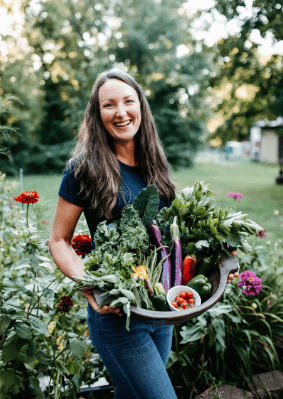
Katie in the Garden
Our Friend Katie at Homesteading RD
Many of us gardeners search the web and social media for the best advice from others willing to share their gifts online. One of the best we have seen is Katie at Homesteading RD and she has a strong background in the subject matter, lives it and posts on her social media every day. Her blog is informative and her daily Instagram posts are a fun way to stay informed and producing some or all of your own food. I strongly recommend checking out her offering and see how she can help you plan and accomplish your garden goals this year.
